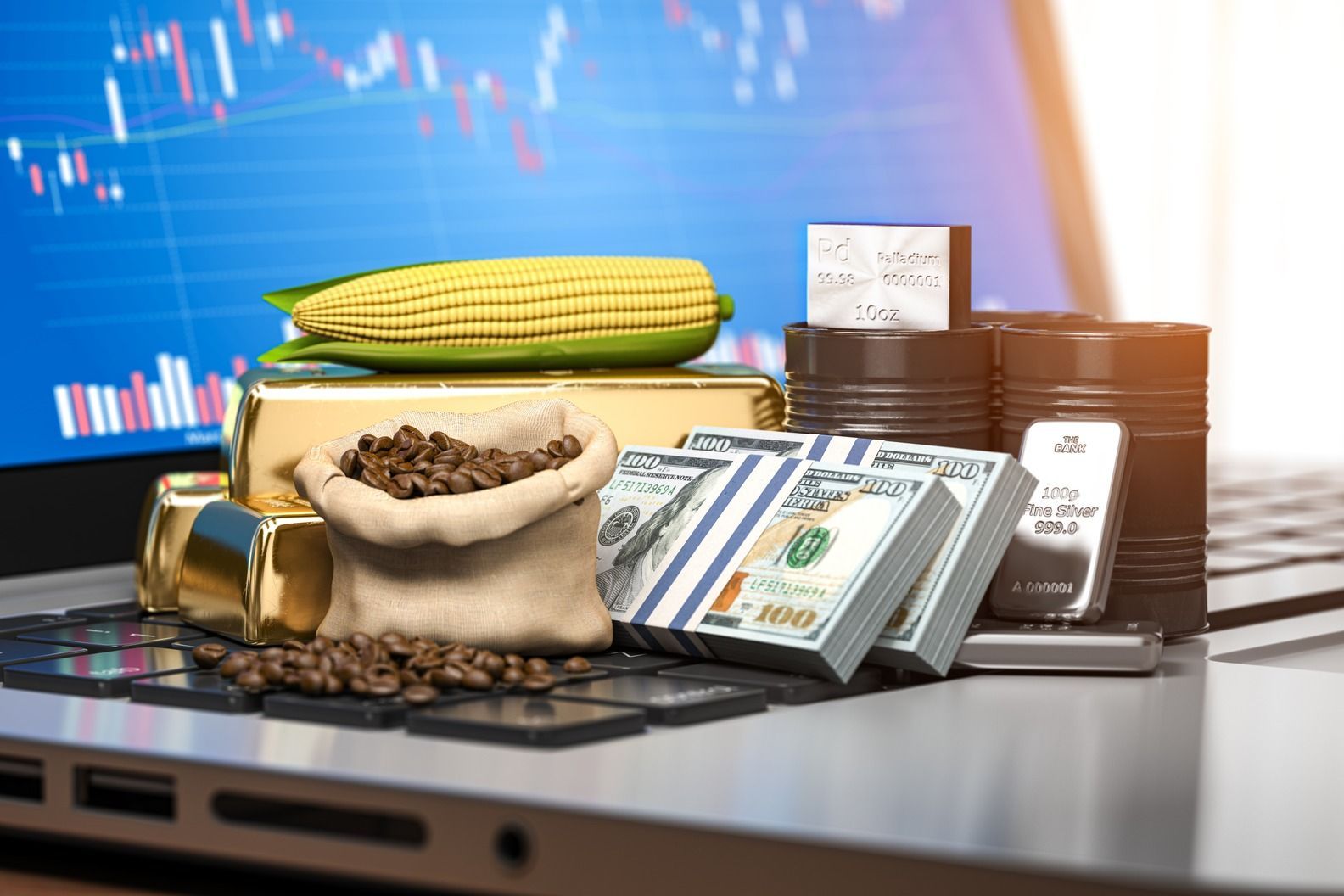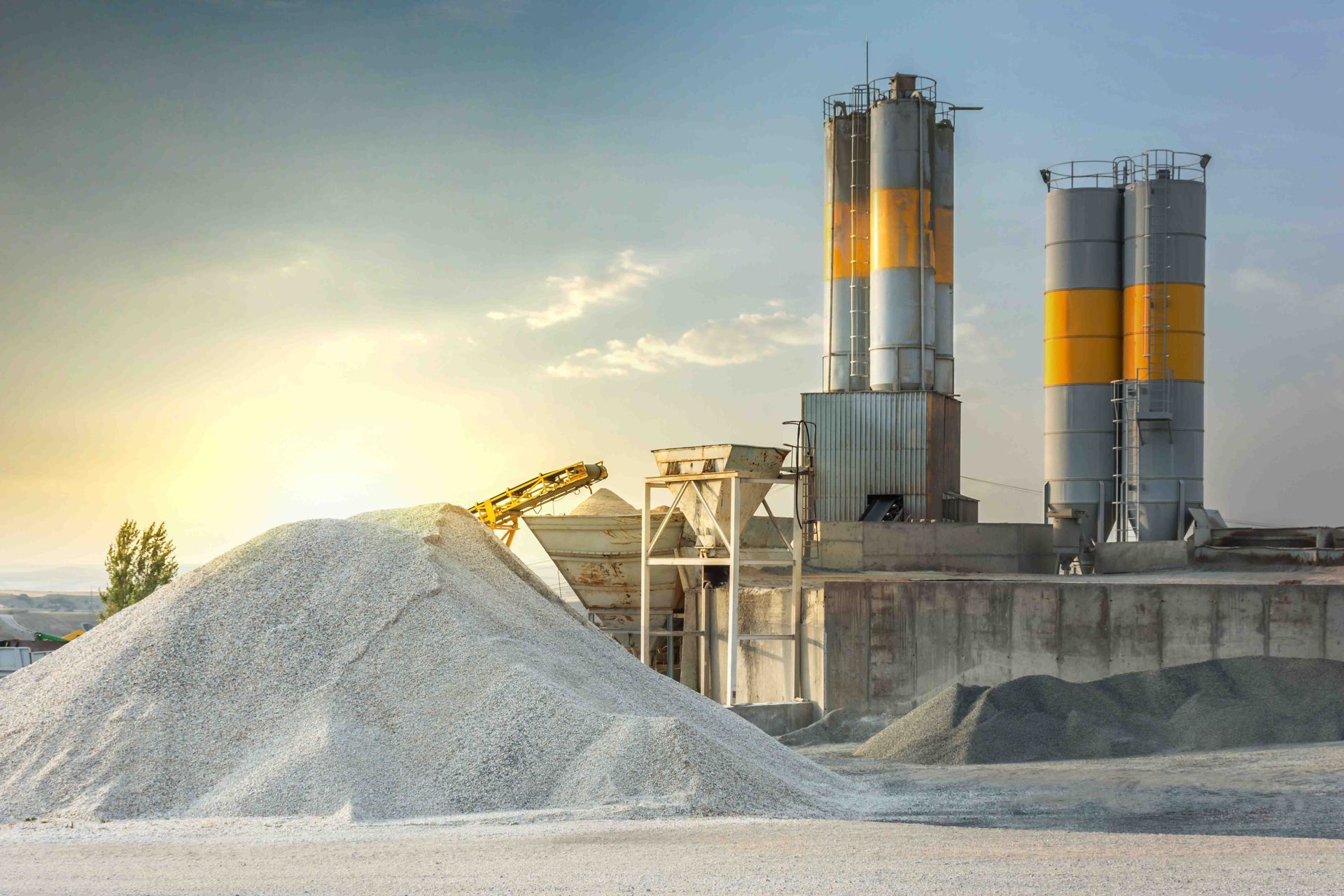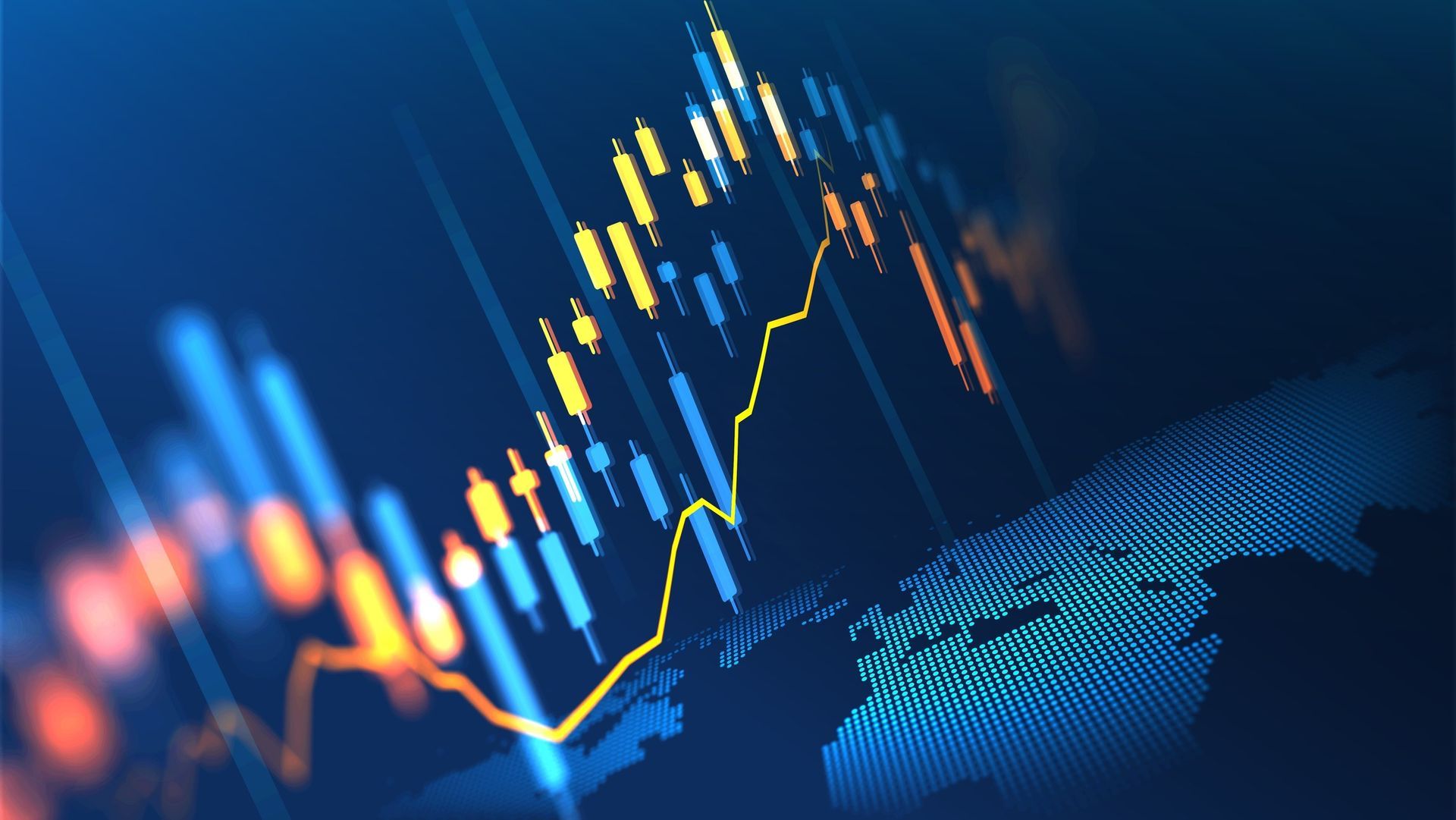The Future of Commodity Trading

The world of commodity trading has witnessed substantial expansion in recent years. A surge from $27 billion in 2018 to approximately $52 billion of EBIT in 2021 paints a vivid picture of the progress.
This upswing has been driven significantly by oil trading’s heightened profitability, closely followed by power and gas trading. The trading value pools kept the momentum going in 2022 and are expected to see further enhancement, inviting newcomers and intensifying the competition.
Keeping its history in mind while exploring what 2023 and onward look like will provide insight into the future of
commodity trading.
The Energy Transition: Reshaping Volatility and Value
The unfolding energy transition, defined by the shift from traditional fossil fuels to cleaner renewable energy sources, is upending the landscape of commodity trading. It’s creating ripple effects across the value of assets and market volatility, leading to a redefinition of value and restructuring of market dynamics.
Historically, commodities were predominantly physical assets—tangible goods traded in physical markets. However, the energy transition has begun to redefine commodities, merging the physical and the digital.
As green energy sources gain prominence, commodities are evolving, with a transition from purely physical assets to a blend of physical and digital components. This progression is expected to instigate compelling shifts in commodity trading.
Disruptions in Trade Flow and Their Impact
Global trade patterns are being reshaped by a confluence of factors, including evolving geopolitical realities and an increase in regionalization.
Disruptions in trade flows are becoming increasingly prevalent, adding a level of unpredictability and complexity to the trading environment. These disruptions can result in significant fluctuations in the volatility of various commodities.
Some may experience increased volatility due to uncertainty or changes in supply and demand dynamics, while others might witness stabilization as new supply routes or sources are established. For commodity traders, these changing currents necessitate sharp strategic planning to successfully chart their course.
The Critical Role of Financing
Financing plays a vital role in commodity trading—a role that often doesn’t get due attention until challenges arise. As the energy transition accelerates, the complexity and scale of the industry continue to grow, making efficient and effective financing more important than ever.
Navigating this increasingly complex landscape calls for commodity traders to establish robust and dynamic financial strategies. This involves not only securing financing for trades but also effectively managing financial risks and leveraging opportunities.
The future of commodity trading will require innovative financing models that can support the rapid changes in the market while maximizing profitability.
The energy transition is reshaping the entire commodity trading sector, from trade flow disruptions to financing models. Understanding these changes and preparing for the new reality is crucial for success in this rapidly evolving landscape.
Increasing Liquidity and Financially Tradable Products
The growth of commodity trading has triggered a simultaneous increase in liquidity and the number of financially tradable products. These developments have added depth to the commodity markets, opening new avenues for risk management and investment opportunities.
The future will likely see more exotic and diverse financial products, giving traders more tools to hedge their risks and exploit profitable opportunities.
Charting a Course for Success in the Future of Commodity Trading
It’s advantageous to start by embracing customer-centricity amidst the energy transition. The ripple effects of the energy transition are transforming commodities, giving rise to new offerings distinguished by geography, production methods, regulatory treatment, and environmental impact.
As customers’ needs and their willingness to pay become the shaping forces behind these new commodities, traders must place customers at the heart of their operations.
By understanding their customers’ needs, traders can tailor high-quality products, anticipate demand, and gain insight into product differentials, thereby setting themselves apart from the competition.
Adapting to the Shift Toward Short-Term Markets
Changes in the market environment are triggering a move toward short-term contracts. Though these contracts don’t necessarily reduce risk, they allow customers to secure supply at a locked-in price.
At the same time, traders need to be prepared to accommodate various customer needs and regional differences. Moreover, producers of new commodities must maintain the flexibility to adjust production rates based on market conditions.
Recognizing Decarbonization as a Valuable Asset Class
The ‘green premium’ associated with eco-friendly commodities could prove to be a significant advantage for early movers in the industry. By understanding the nuances of the green premium, traders can unlock arbitrage opportunities, optimize costs, and make well-informed investment decisions.
As green commodities and carbon markets expand, traders must establish protocols to accurately track their products’ carbon exposure and align it with their customers’ willingness to pay.
Scaling Up Trading Capabilities
With growing value pools and lower entry barriers, the commodity trading space could see a rush of new entrants. To succeed in such a competitive landscape, traders must ramp up their trading capabilities.
Scale could be critical for achieving better risk-adjusted returns, so it’s important to secure global access to customers and obtain more competitive financing. The pursuit of scale might also lead to further industry consolidation.
Ensuring Efficiency and Agility in Trading Platforms and Operating Models
To capitalize on the growth in commodity trading, traders need to adopt trading platforms and operating models that balance efficiency and agility. The rapid expansion in the industry can be constrained by limitations in existing trading platforms and operating models.
To overcome these hurdles, traders must be agile, make targeted investments, and achieve a mix of efficiency and agility that facilitates data-driven trading. Furthermore, traders need to attract skilled technical specialists to support their platforms, which requires a competitive employee value proposition.
The road to success in the future of commodity trading may be filled with challenges, but with the right strategies, traders can ride the waves of change and carve out their own niche in the evolving landscape.
Wrap Up
As the industry evolves, so too must the strategies employed within it. We’ve outlined just a few of the ways traders can adapt to the changing tides, and despite the challenges ahead, the future of commodity trading appears bright, filled with immense opportunities and exciting developments.
Disclaimer: The information on this website and blog is for general informational purposes only and is not professional advice. We make no guarantees of accuracy or completeness. We disclaim all liability for errors, omissions, or reliance on this content. Always consult a qualified professional for specific guidance.
Recent Posts
6742 Forest Hill Blvd #336, West Palm Beach, FL 33413 US
Mon-Fr: 9:00 AM - 5:00 PM
Eastern Standard Time
Disclaimer: The information provided on this website is for general purposes only. It should not be construed as legal/financial advice or the formation of a consultant/client relationship. Prior results do not guarantee similar outcomes.
All Rights Reserved.
Website Designed & Managed by Oamii.






